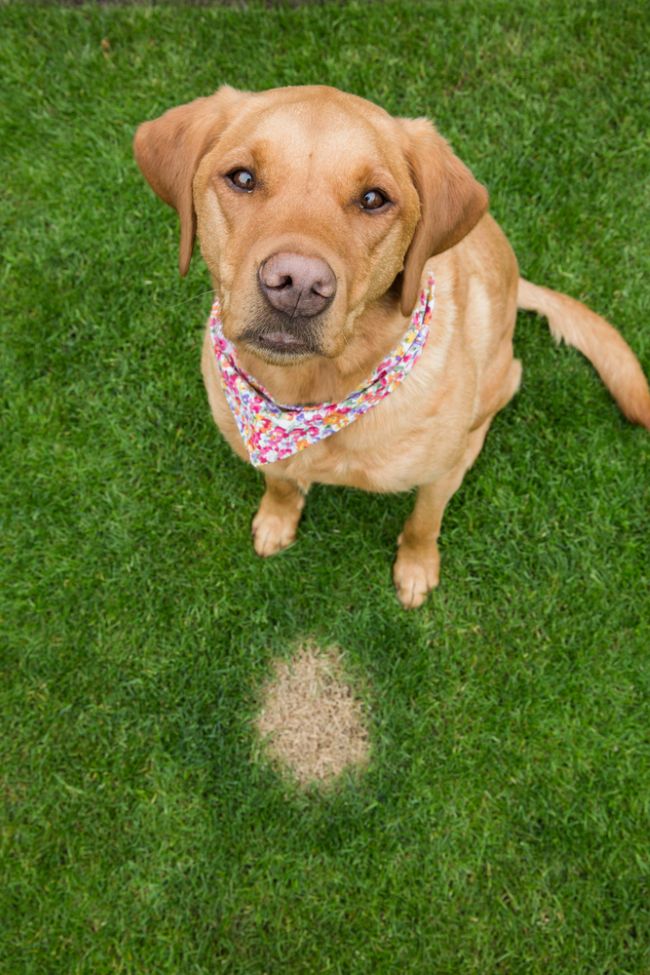Using Clover to Protect and Repair Lawns from Urine Damage

If you’ve ever noticed small yellow or brown patches appearing across your lawn—often in irregular, circular shapes—it’s likely the result of pet urine. High concentrations of nitrogen and salts in urine, particularly from dogs, can “burn” grass in the same way over-fertilisation does. While some areas may recover naturally, repeated exposure often leaves lasting marks.
One increasingly popular and effective solution is to introduce clover into an existing lawn, creating a clover–grass mix. Not only does this improve the overall appearance and resilience of the lawn, but it also directly addresses the problem of pet and dog urine damage.
Why Clover Helps
Clover has several qualities that make it more resistant to urine burn than traditional grass:
- Waxy Leaf Coating – Clover leaves have a slightly waxy surface that helps repel moisture. When urine lands on clover foliage, it tends to bead and run off rather than soaking in immediately, reducing the concentration of nitrogen hitting one spot.
- Deeper Root System – Clover roots penetrate deeper into the soil than many turf grasses, helping the plant access water and nutrients even in stressed conditions, and aiding in faster recovery from damage.
- Nitrogen-Fixing Ability – Clover naturally draws nitrogen from the air and stores it in its root nodules, feeding both itself and the surrounding grass. This means it thrives without heavy fertilisation and can help balance soil nutrient levels, even in urine-affected patches.
- Blending Effect – Clover grows densely and maintains a rich green colour throughout much of the year. In a mixed lawn, this helps mask minor patching and keeps the turf looking lush and healthy.
Introducing Clover to an Existing Lawn
Adding clover to your lawn doesn’t require starting over. The process is simple:
- Choose the Right Clover – The most common choice for lawns is white clover (Trifolium repens), which has small leaves, low growth habit, and blends well with turf grass.
- Overseed in Spring or Early Autumn – Clover germinates best when soil temperatures are mild. Mow your lawn short, rake lightly to expose soil, then scatter clover seed evenly or you can over seed an existing lawn with clover seed.
- Water to Establish – Keep the area moist for 7–14 days to encourage germination. Once established, clover is very drought-tolerant.
- Adjust Mowing Height – Mow slightly higher than normal (about 3 inches/7.5 cm) to allow both grass and clover to thrive.
A grass–clover lawn isn’t just pet-friendly—it’s also lower maintenance. You’ll need less fertiliser, irrigation, and weed control. Clover also attracts pollinators such as bees, enhancing biodiversity in your garden.
For households with dogs, this mixed approach offers the best of both worlds: a beautiful green lawn with significantly fewer yellow spots and a healthier, more resilient turf ecosystem.
GardenAdvice AI agent answering your gardening questions
FAQ




